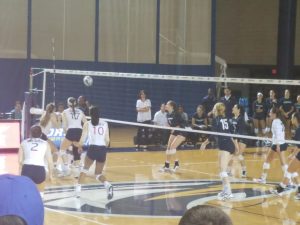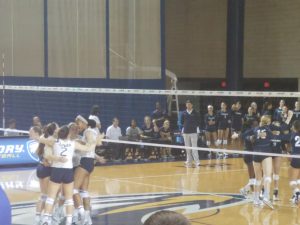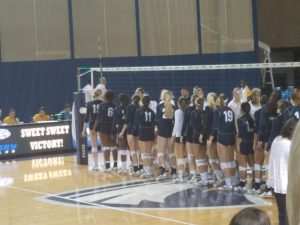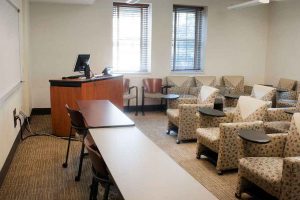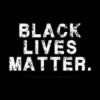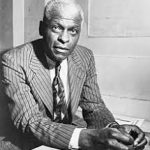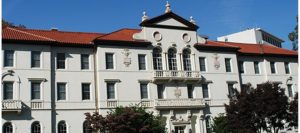
Over 20 years ago, October was named as Lesbian, Gay, Bisexual, and Transgender and Queer (LGBTQ) History Month by the National Education Association. October is also known for National Coming Out Day which is held on October 11th. Every year since its conception in 1971, Atlanta Pride, one of the oldest pride parades in the US, was held around this time every year. This year the Atlanta Pride Parade was held on October 15th. Pride, in general, is a sea of bright colors and rainbow flags, but the parade took this to a whole new level. The parade had a record-breaking turnout with over 250,00 people in attendance.
For some background information, the LGBTQ+ community is a minority group of different sexualities and gender identities. Pride parades started after the Stonewall riots in 1969. The Stonewall Inn was a club that was very accepting of LGBTQ+ patrons; many other clubs prohibited gay people from having liquor, people dancing with the same sex, men in feminine clothes as well as women with less than 3 articles of feminine clothing. The Stonewall Inn even took in homeless LGBTQ+ youth and let them stay there. However, on June 28, 1969, the police raided Stonewall and roughly hauled off employees and patrons which destroyed the sense of the place being a place of refuge. For six days afterward, there were demonstrations and clashes between law enforcement. Fast-forward a few years and Pride was established to celebrate LGBTQ+ culture and pride and serve as demonstrations for legal rights such as same-sex marriage.
Now let’s get to my Atlanta Pride experience. I asked my best friend from back home if he wanted to come to Pride and he was like “that’s not a question because you already know we’re going.” Fast-forward a few days and my friend’s 4-hour bus ride to Atlanta and we arrive at my first Pride. The air was electric from all of the excitement and energy. We saw floats from businesses, radio stations, and even some churches. As we got lost trying to find Emory’s space in the parade lineup, we kept saying how different this was from Pride back home and it’s to be expected since Atlanta was once ranked as the most LGBT friendly city by the magazine The Advocate. Atlanta Pride blocked off a whole chunk of Downtown Atlanta from the MARTA Civic Center Station to Piedmont Park while South Carolina Pride is just about one street of Downtown Columbia. Atlanta Pride had floats as far as the eye can see and it was amazing to see so many people coming out for an event like this. As we talked about these differences, we passed by vendors selling all types of LGBTQ+ flags and memorabilia. We also noticed peoples’ style choices from drag to very liberal showings of skin. Eventually, we found the Emory van. At first, there wasn’t a lot of people with Emory, but that was probably because the van was so hard to find. After a while, the Emory area was a sea of students and faculty from Emory’s numerous schools: Emory College, Oxford, Rollins, etc. It was so much fun just hanging out with so many LGBTQ+ people and allies. We painted each others’ faces, sang together, and there was a ton of discussion of RuPaul’s Drag Race.
As the parade got started, I was reminded of my old days in marching band. There’s just something about the environment of a parade that increases your own performativity. It’s natural to me to give a performance and have the crowd respond, but during Pride, the crowd was the ones giving the energy and excitement. The air was electrifying and there was not one sad face in sight… well except for the Westboro Baptist Church who comes to Pride every year to preach their anti-gay agenda, but there a special case. Originally, I thought that would have more of an impact, but honestly, their bullhorns were nothing compared to our music and loud cheering. The organizers of Pride specifically put people in front of them with big flowers to try to block their hateful signs and stuff which they did a really good job of. Even with the ones left, we just waved rainbow flags in front of and laughed like “Y’all thought. You tried it, but we’re still gonna have a good gay old time. You can have several seats.” As we passed the corner of haters, we had the final stretch of the parade all the way to Piedmont Park. There was a ton of different vendor and they were setting up the stage for a performance, but my group of friends and I didn’t stay for too long because we were so tired. We didn’t realize it during the parade because of the amount of energy, but once we stopped and sat down it hit us like a truck.
Overall my Pride experience was great. I can definitely say that it was one of the highlights of my freshman year so far and I’ll definitely be back next year. It’s great to see that Emory really supports the LGBTQ+ community and the fact that Emory has “the 10th oldest LGBT campus office in the nation.” LGBTQ+ youth are at a significantly higher risk for depression, suicide, and substance abuse compared to heterosexual counterparts, according to the CDC. The CDC also has studies that find that LGBTQ+ students are “140% more likely to not go to school at least one day during the past 30 days because of safety concerns” and also ” nearly one-third of LGBTQ+ youth had attempted suicide at least once in the prior year compared to 6% of heterosexual youth.” It’s important that LGBTQ+ youth have places where they can feel accepted and supported; this is why I highly encourage going to Pride. If you’re a part of the LGBTQ+ community, go to Pride. It’s a lot of fun and you’ll be surrounded by people who love you and support you without even knowing you. If you have a friend that’s LGBTQ+, go to Pride with them. Be one of the people to love and support them. One of the reasons I chose Emory and really wanted to go out of state for college was I knew that I would have much more of a support system here and I could be very open and authentic. Emory’s Office of LGBT Life is very active. There are different weekly queer discussion groups such as Queer Men of Color, Aces & Aros, etc. There’s also Emory Pride, a student organization that has weekly GBMs discussing different LGBTQ+ topics. Also, all students can schedule appointments with Counseling & Psychological Services (CAPS) which a certain number of is covered by tuition. With all these resources and such a vibrant city, I truly feel like I’m in a place where I can thrive.
Picture Gallery
Below are some LGBTQ+ resources:
- The Trevor Project: www.thetrevorproject.org | 24/7 Helpline 866-488-7386
- Emory CAPS: For appointments 404-727-6111 | Crisis 404-727-7450
- Emory Office of LGBT Life: 1st floor of AMUC | www.lgbt.emory.edu
Sources:
http://www.history.com/news/how-activists-plotted-the-first-gay-pride-parades
http://news.emory.edu/stories/2017/10/er_mm_photos_emory_pride_2017/index.html
https://www.cdc.gov/lgbthealth/youth.htm
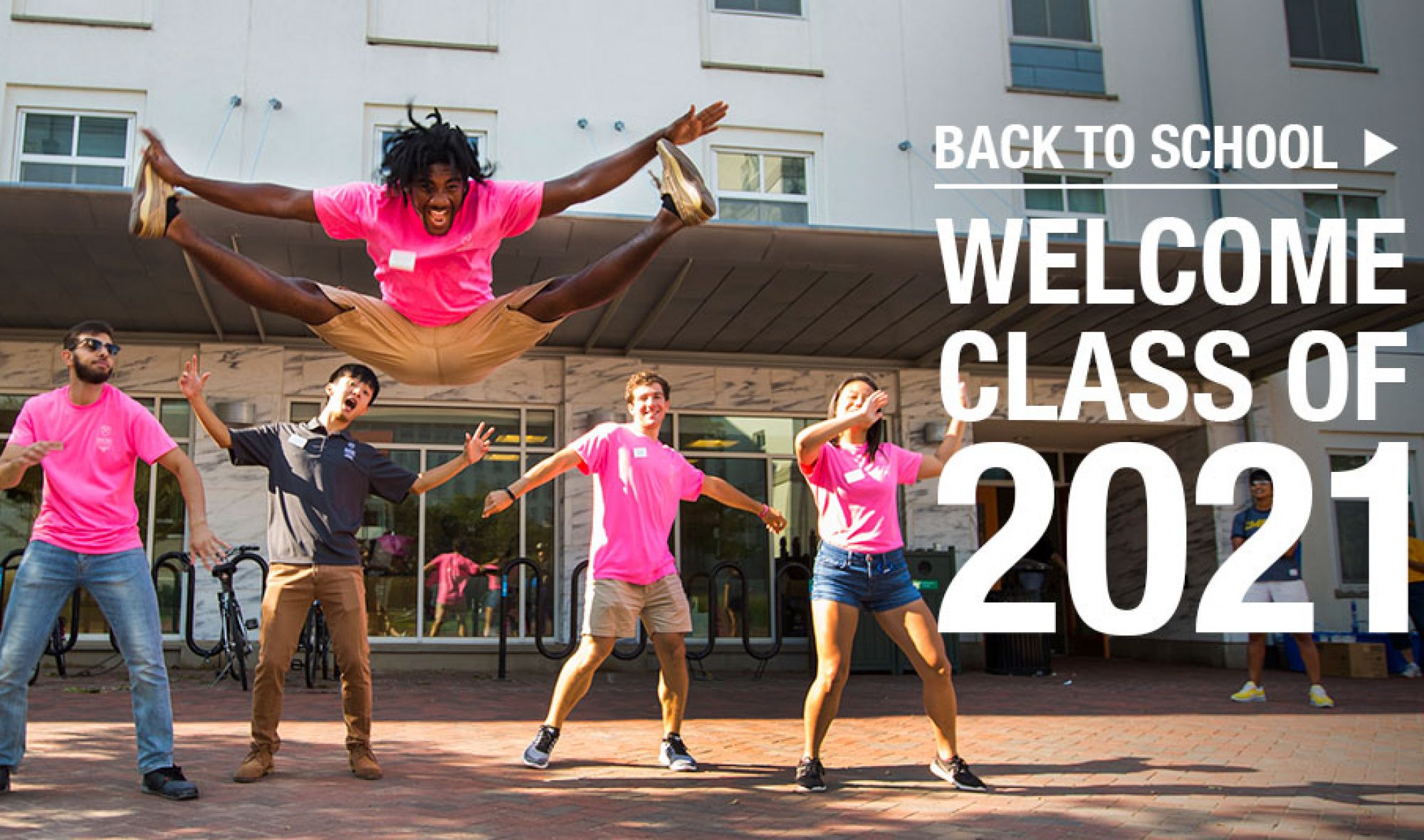
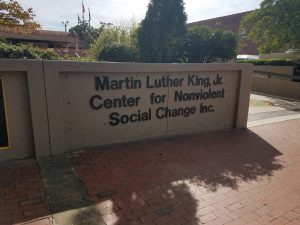
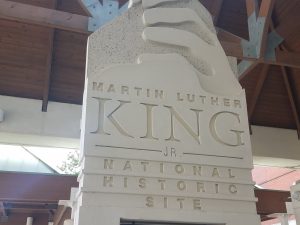
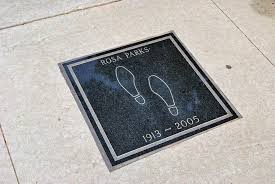
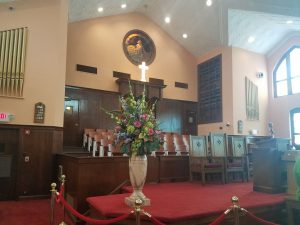
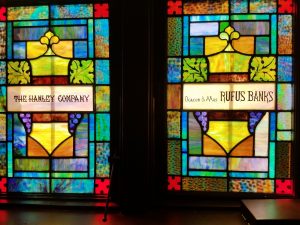
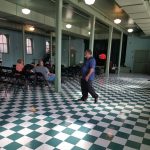
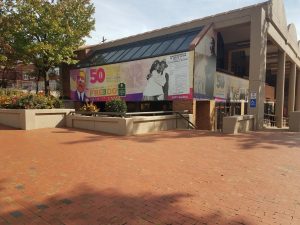
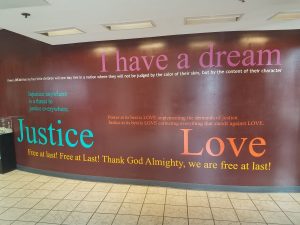

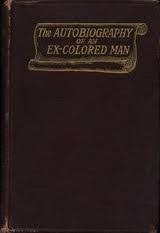 Weldon Johnson’s
Weldon Johnson’s 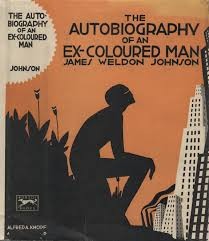 Autobiography of An Ex-Colored Man
Autobiography of An Ex-Colored Man
